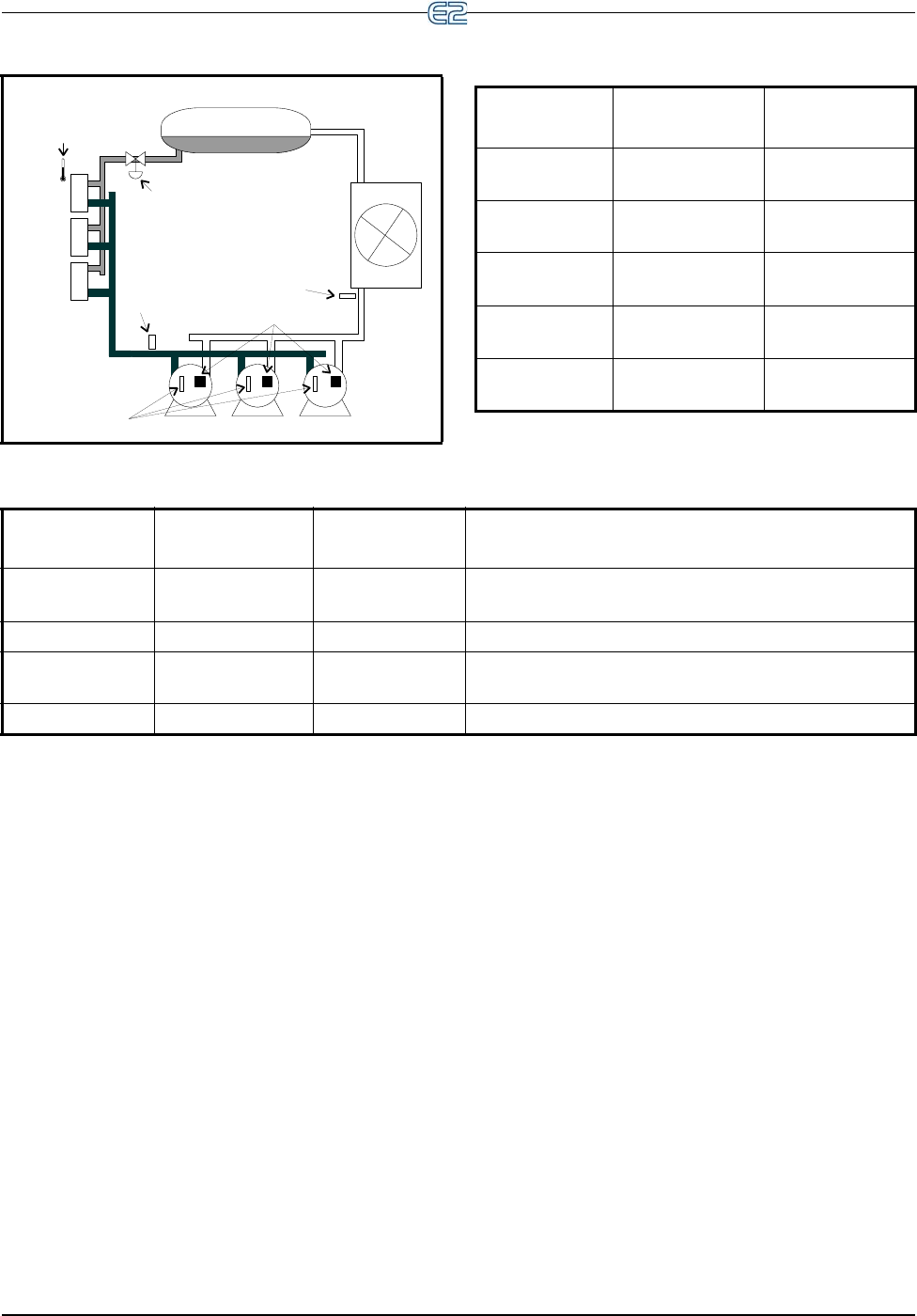
Figure 11-1 - Diagram of a Suction Group
DISCHARGE
PRESSURE
LIQUID RECEIVER
CASE CIRCUIT
OIL
PRESSURE
CIRCUIT
CASE TEMP
(FOR FLOATING)
LIQUID LINE
SOLENOID
26507005
DDD
OIL RESET SWITCHES
Table 11-1 - Suction Group Inputs
Input Sensor Type
Wiring
Instructions
Suction Pres-
sure
100 lb. Eclipse
transducer
see Table 9-1 on
page 9-3.
Discharge Pres-
sure
500 lb. Eclipse
transducer
see Table 9-1 on
page 9-3
Oil Pressure 200 lb. Eclipse
transducer
see Table 9-1 on
page 9-3
Case Circuit
T
emperature
Temperature see Table 9-1 on
page 9-3
Oil Reset
Switch
es
Digital see Table 9-1 on
page 9-3
Table 11-2 - Suct
ion Group Outputs
Output Device
Wire Output Board
Cont
acts to:
Set Failsafe Dip
Switch to:
Notes
Compressor N.C. N.C. (up) If you want a compressor to be OFF during network/
power
loss, use N.O. failsafes instead.
Unloader N.C. N.O. (down) These fail-safe settings are specifically for unloaders.
Liquid Line Sole-
noid (LLS)
N.C. N.C. (up) Keeps solenoid energized during network/power loss.
Electric Defrost N.O. N.O. (down) Keeps contacts de-energized during network/power loss.
Condenser Control Software Overview • 11-3
11.2 Condenser Control
An E2 RX is capable of controlling air-cooled or evap-
orative condensers. The E2 RX-300 may control a single
cond
enser, while the RX-400 may control up to two con-
densers.
11.2.1 Air Cooled Condensers
An air-cooled condenser consists of one or more fans
that blow air across a manifold of tubing to cool heated
refrigerant and condense it into a liquid. The E2 controls
condensers by activating or deactivating fans in order to
maintain discharge pressure or temperature at or below a
chosen setpoint.
A Condenser Control application may use either of two
strategies to operate air
cooled condensers: an air-cooled
strategy, or a temperature differential (T-D) strategy.
11.2.1.1 Air Cooled Strategy
The air cooled strategy uses a simple PID control loop
that compares a single Control In input to a PID setpoint.
The resulting percentage is used to activate the condenser
fan(s) necessary to bring the input value down below the
setpoint.
Control inputs for air cooled strategies most commonly
come
from a pressure transducer mounted on either the
discharge line, the condenser inlet, or the condenser outlet.
However, temperature sensor values will also be accepted.
11.2.1.2 Temperature Differential
Strategy
The temperature differential strategy attempts to keep
a minimum amount of difference between the temperature
of the refrigerant and the ambient outside temperature.
This strategy begins by determining the temperature of
th
e refrigerant coming into the condenser. This can be sup-
plied by either a temperature sen
sor or pressure transducer
located near the condenser inlet; if it’s a pressure trans-
ducer, its value will automatically be converted to a tem-
perature value based upon the type of refrigerant.
